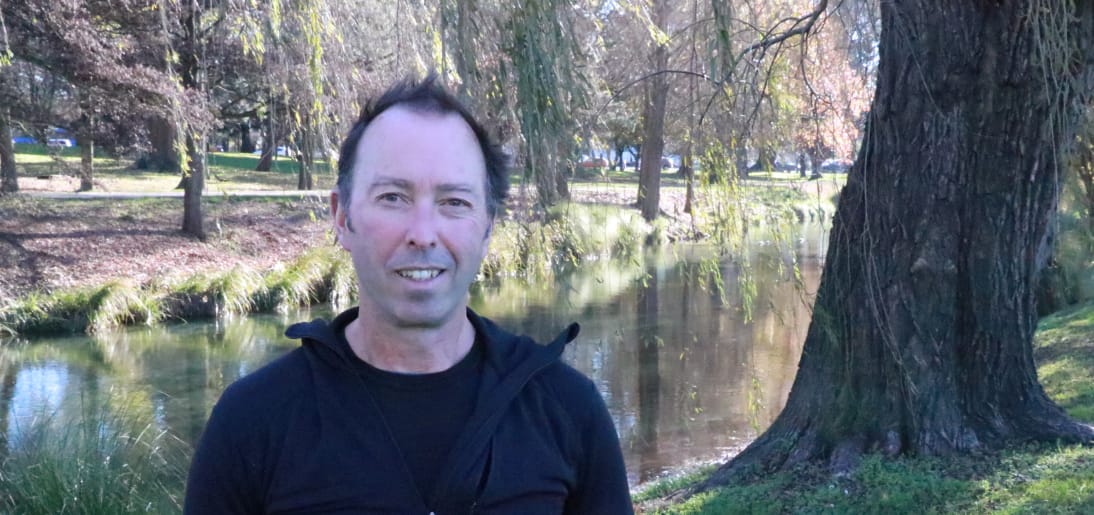I
can vouch for every word in this article.

Clearly, while DoC bend over backwards to accomodate corporate interests they are not interested n consulting with the public

DOC’s
culture wars revealed

Two
top scientists are lifting the lid on the Department of
Conservation’s “toxic” culture. David Williams reports.
A
culture war is being waged within the Department of Conservation,
says a former DOC ecologist who claims he’s been hounded out of the
job.
Nick
Head, the 2013 winner of the prestigious Loder Cup for conservation,
quit the department last month and is taking a personal grievance
claim. He says there’s a corporate culture in DOC being driven by
management, that seems unable to face the inconvenient truth that its
core function is to advocate for conservation. Some bosses seem
unwilling to fight to protect special, rare and threatened places in
case it upsets “relationships”, he says. That’s causing
friction with some scientific, technical and frontline staff.
“There’s
a culture war and there’s a lot of discontent.”
Head’s
view, which he believes is widely shared within the department, is
that DOC became highly politicised because it was seen as an
impediment to the previous Government’s economic growth agenda.
Some DOC staff became afraid to speak out or take a strong line.
Committed
conservation workers, even if they’re highly regarded, are being
pushed out, Head says, because they don’t fit the mould of the
department’s new corporate ideals. “They make life so difficult
for them, they either leave or they find reasons to force them out.”
Another
Loder Cup winner, botanist Peter de Lange, left the department,
disillusioned, in August last year, after being diagnosed with
chronic stress. He thinks the department has lost its way, and that
the country’s rare flora and fauna are on the brink of a raft of
extinctions, much of it down to DOC’s ineptitude. He should know –
De Lange was instrumental in developing the country’s threat
classification system used since 2001.
“The
desire to listen to in-house expertise is gone. It’s much more
important that we write plans and waste thousands and thousands of
dollars on consultants developing so-called interface plans and task
assignments than actually doing the job.”
As
DOC considers the best way to save threatened species, De Lange says
the department is haemorhagging the very experts who can help.
Scientists and technical staff are leaving through attrition,
retirement or because of the way they’ve been treated. “How on
earth is it that we’re going to turn the tide of all of this
biodiversity loss? Are we going to use consultants?”
Meanwhile,
De Lange is worried for his former colleagues, so many of whom, he
says, show symptoms of stress, such as “sleepless nights, anger,
not being able to eat properly, bowel problems, heart palpitations”.
He describes the management of Head, meanwhile, as a “travesty”,
that has left his colleagues angry. “DOC at the moment has a
mentality of protecting management. It’s all on you: if you do
badly, it’s your fault; if your manager does badly, it’s your
fault. There is now a widespread culture of fear amongst many of the
staff.”
A
view of a disgruntlement and disillusionment within DOC has been
aired publicly before, what’s unusual is for it to come from its
staff, especially scientists.
To
read the article GO
HERE
Clearly, while DoC bend over backwards to accomodate corporate interests they are not interested n consulting with the public

TBfree
NZ has dismissed concerns from a Waikato Regional councillor about
the lack of consultation over a 1080 poison drop this month.
Taupō-Rotorua-based
Waikato Regional Councillor Kathy White feared people were unaware of
the drop in the Pīhanga/Kakaramea area, southwest of Lake Taupō,
and would not know to access an alternative water supply.
The
drop is part of TBfree NZ's ongoing programme to control possums,
rats and other pests.
White
attended a meeting along with 30 other residents on June 13 hosted by
OSPRI, the company that manages TBfree NZ. She said their biggest
concern was about the water supply, with the bait possibly landing in
streams.
White
feared TBfree NZ had limited its consultation to that solitary
meeting.
People
living outside the poison drop area but who were within 3km of it are
entitled to an alternative water supply, she said.
"The
problem with that is that you have to know about it to ask for it.
"I
think it should be a requirement that the pest contractor identifies
all of those people. It shouldn't be that hard - it's not a huge
area," she said.
An
OSPRI spokesman said consultation for this operation had been ongoing
since June 2017.
"The
remaining landowners either directly affected or adjacent to the
operation have been consulted with over the last three months
regarding all aspects of the operation.
"Two
drop-in information sessions were also held in the area. Consultation
has included discussions around the use of water for domestic
supply."
But
White remained concerned about a lack of information regarding the
drop's effect on streams.
"They
say nothing in their literature that says, 'If you live outside the
area, and if you're drawing water from a stream, you need to contact
us.' "
White
said drinking water can be contaminated in a number of ways during a
1080 drop - through baits being dropped directly into streams, from
poisoned animal carcasses decomposing in waterways, and through 1080
dust landing on house roofs and being transferred to water tanks.
However,
the OSPRI spokesman said research by Landcare and Niwa showed 1080
was highly soluble and quickly disperses.
"We
know that pellet bait can sometimes fall into small waterways as the
result of aerial application; however, research where bait was
deliberately placed in small streams found that 1080 was undetectable
in the water after only eight hours."



No comments:
Post a Comment
Note: only a member of this blog may post a comment.